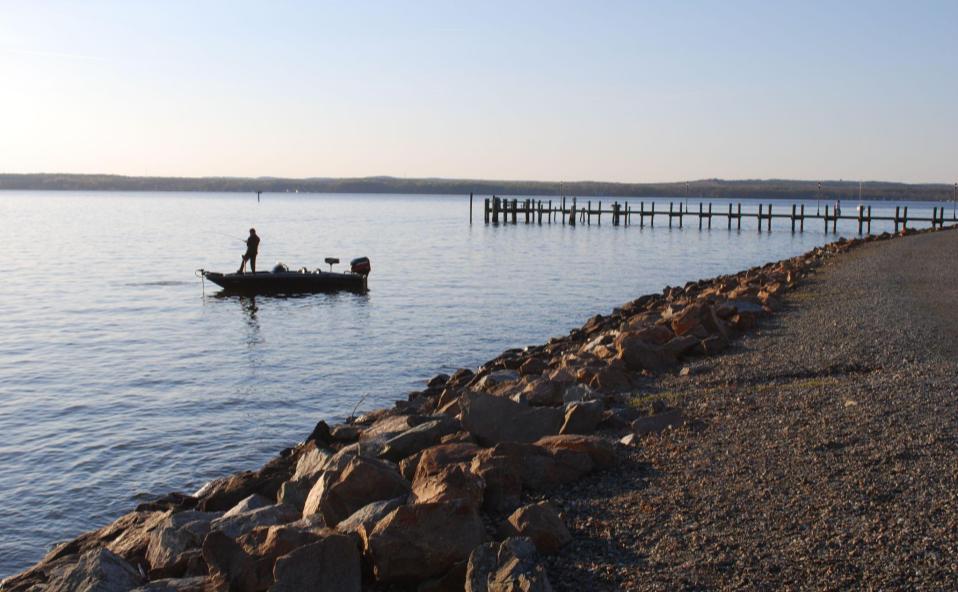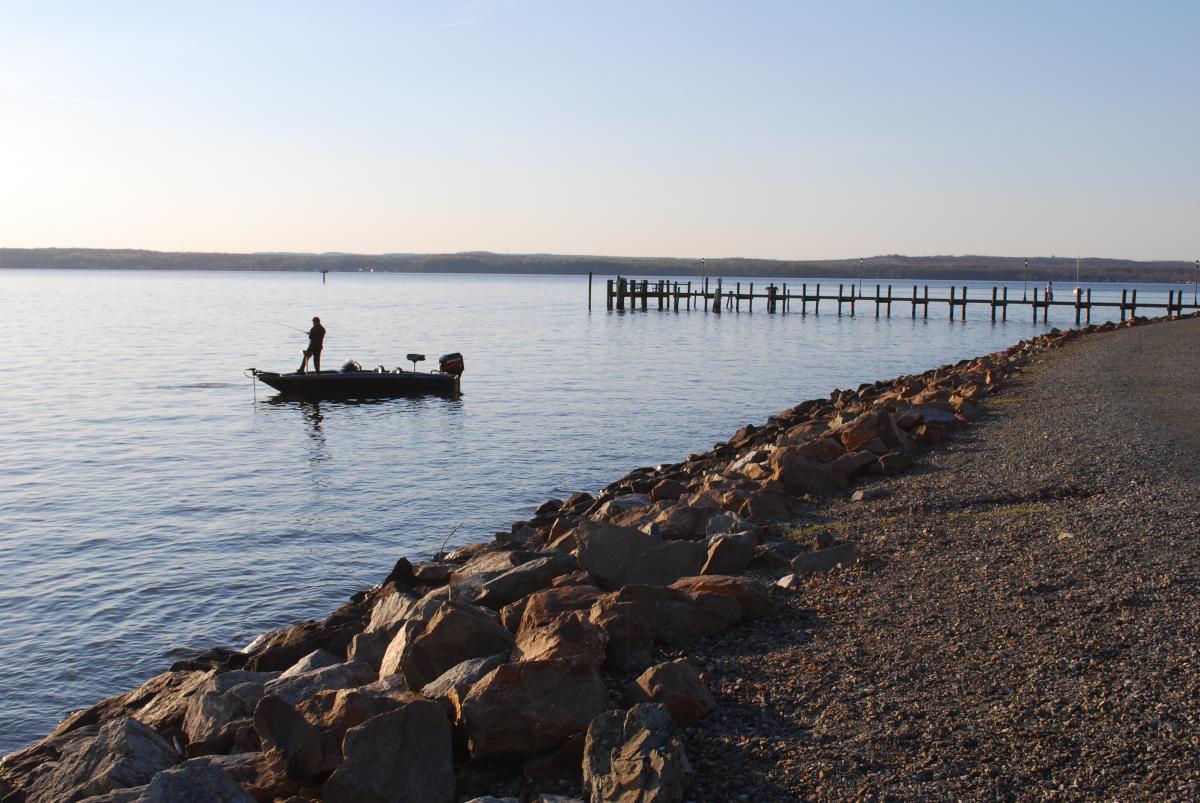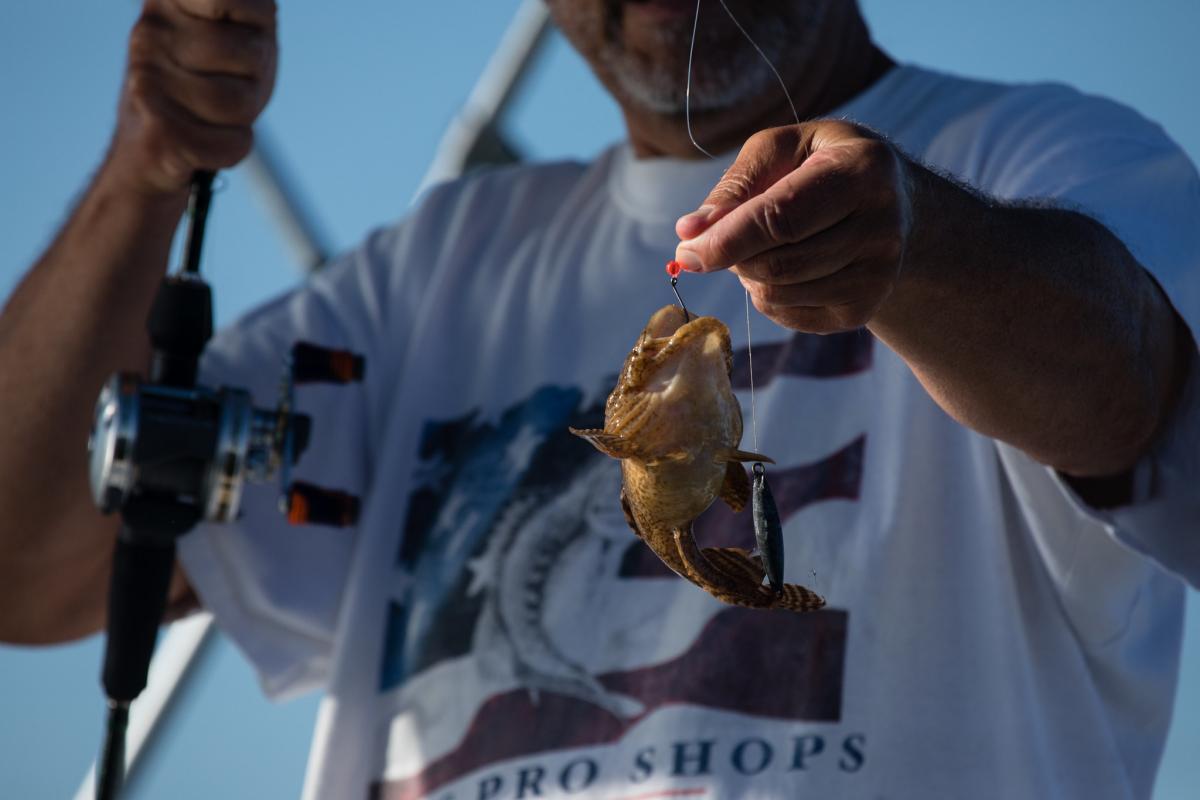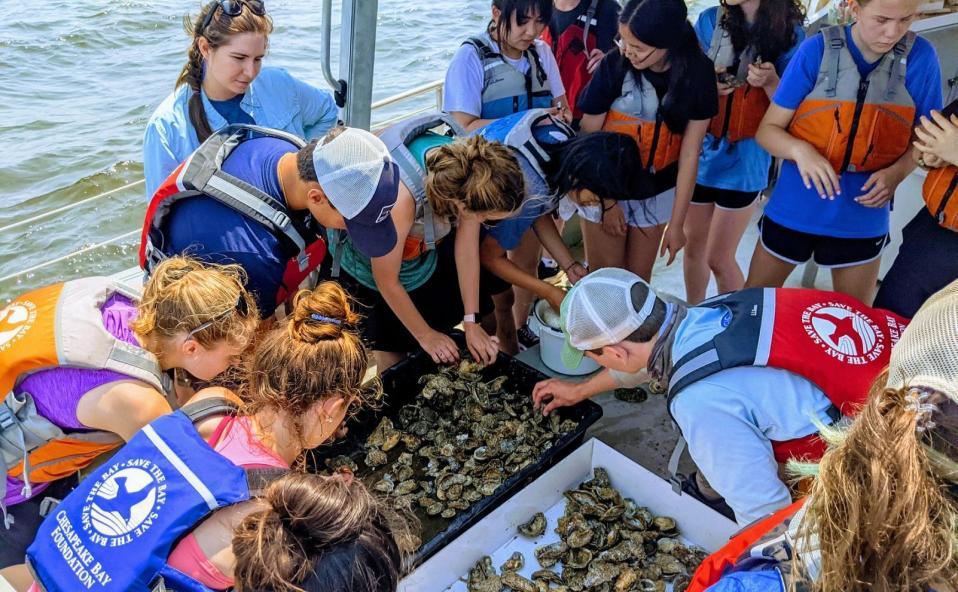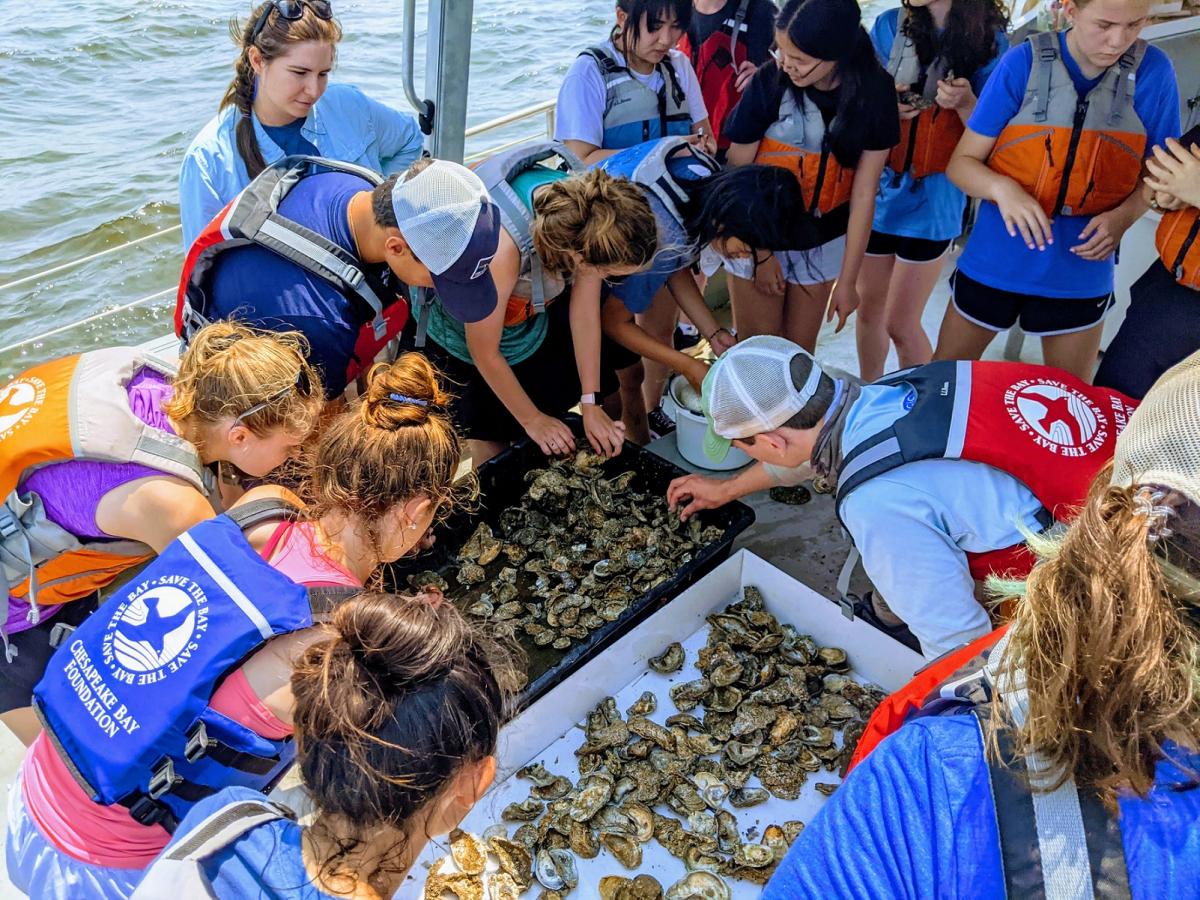The Chesapeake Bay Foundation (CBF) has named Dr. Allison Colden as its new Maryland Executive Director. Colden enters the new role after six years at CBF as Maryland Fisheries Scientist. She is among the leading advocates for sustainable fisheries policies to protect important Chesapeake Bay species such as rockfish, oysters, and blue crabs. Her first day in the new role is today.
Josh Kurtz, CBF’s previous Maryland Executive Director, was appointed Secretary of Maryland’s Department of Natural Resources by Gov. Wes Moore in January.
Colden has led advocacy efforts to pass state bills such as 2019 legislation that permanently protected Maryland’s five large-scale oyster restoration sanctuaries. For the past two years, Colden has overseen CBF’s Maryland oyster restoration program, which adds tens of millions of oysters to the Bay each year to sanctuary reefs. She also serves as Maryland’s legislative representative to the Atlantic States Marine Fisheries Commission and as an appointed member of Maryland’s Oyster Advisory Commission, where she advances sustainability through regulation and cooperative fisheries management. Her work on fishery issues has given her a broad understanding of the water quality problems that affect the Bay as well as the need for clean water.
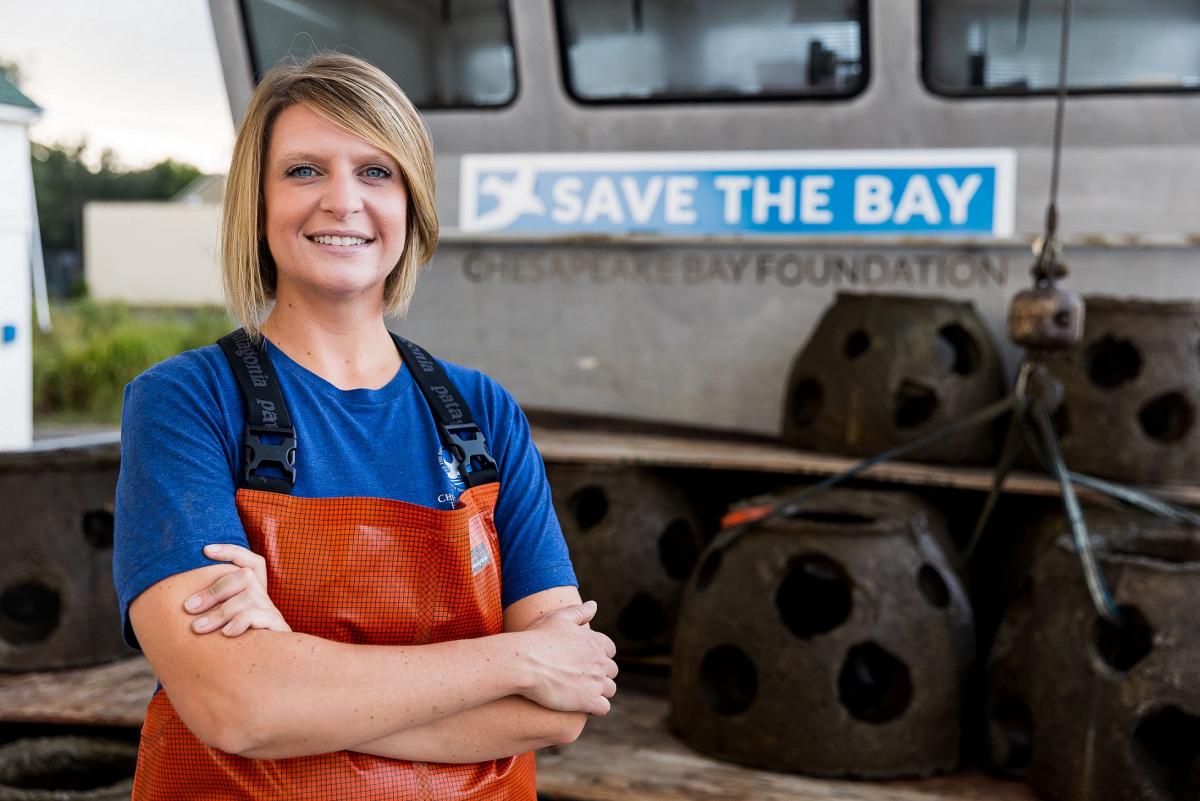
Dr. Allison Colden. Photo Credit: Caroline Phillips/CBF
“It’s my pleasure to announce Allison Colden as the new leader of CBF’s Maryland team,” said Alison Prost, CBF’s Vice President for Environmental Protection and Restoration. “Since joining CBF, Allison has proven she can use her scientific expertise to work through controversial issues with grace. Allison has earned the respect of partners and decision-makers alike through a cooperative approach and thoughtful policy recommendations. Colden’s advocacy efforts in Maryland have helped the state begin to reverse its long-term oyster population decline. In her new role, Allison will oversee the Maryland office’s efforts to reduce water pollution, educate policymakers, and strengthen the state’s environmental policy.”
Colden, an Annapolis resident, received a doctorate in marine sciences from the Virginia Institute of Marine Science in 2015. Before coming to CBF, she worked in the U.S House of Representatives as a Knauss Marine Policy Fellow and later as the senior manager of external affairs at Restore America’s Estuaries.
“We’re in a time of change for the Chesapeake Bay cleanup as several states in the watershed struggle to meet their pollution reduction requirements,” said Colden. “In Maryland, we must do more to address agricultural and stormwater pollution. As we approach the 2025 deadline, there is an opportunity to reflect on what has worked, what hasn’t, and to advance proven and innovative solutions to restore the Bay’s health. We must ensure the next phase of the cleanup supports communities harmed by water and air quality issues, mitigates climate change, and furthers pollution reductions. I’m excited for this opportunity and look forward to advancing the important work of the Maryland team.”
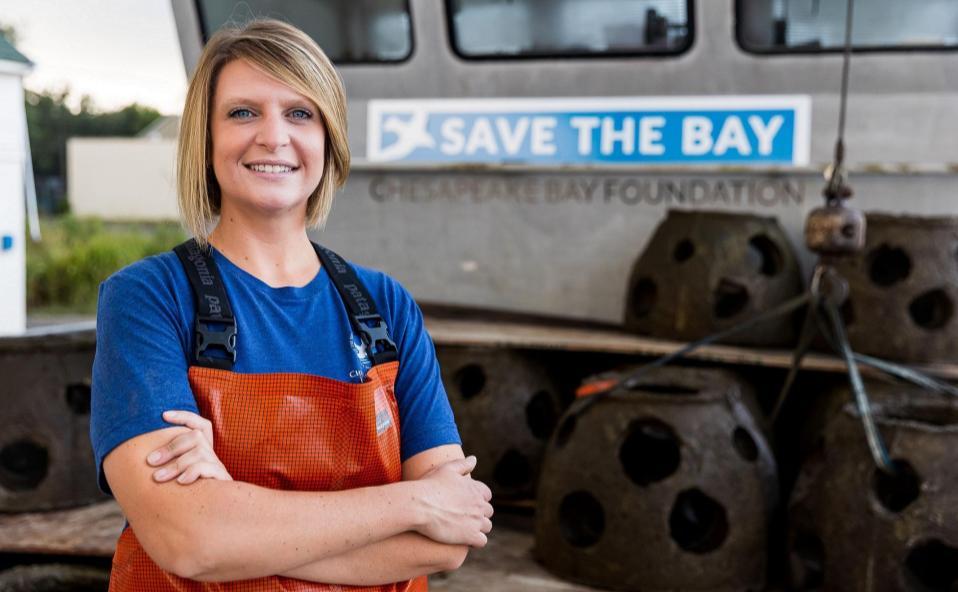

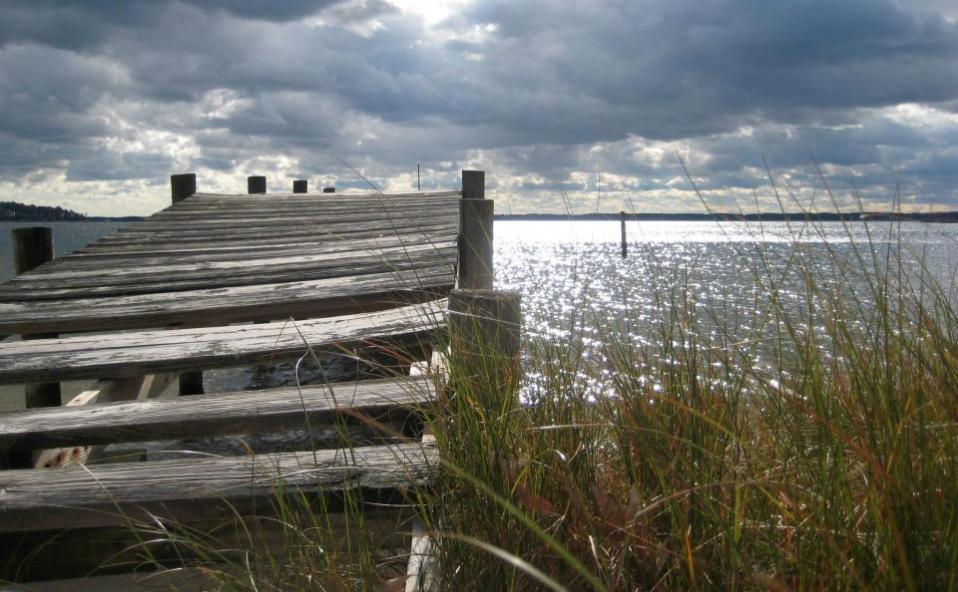
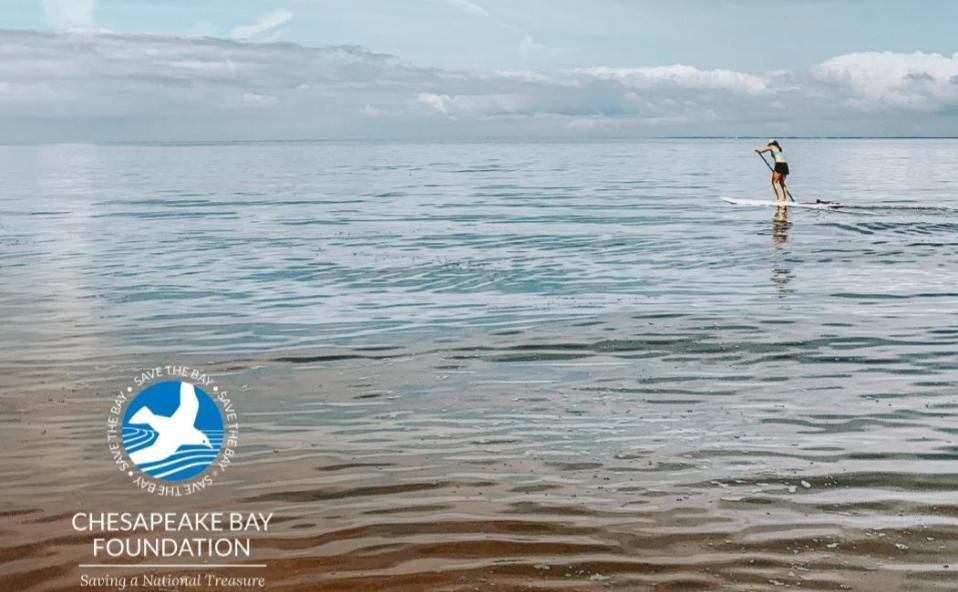
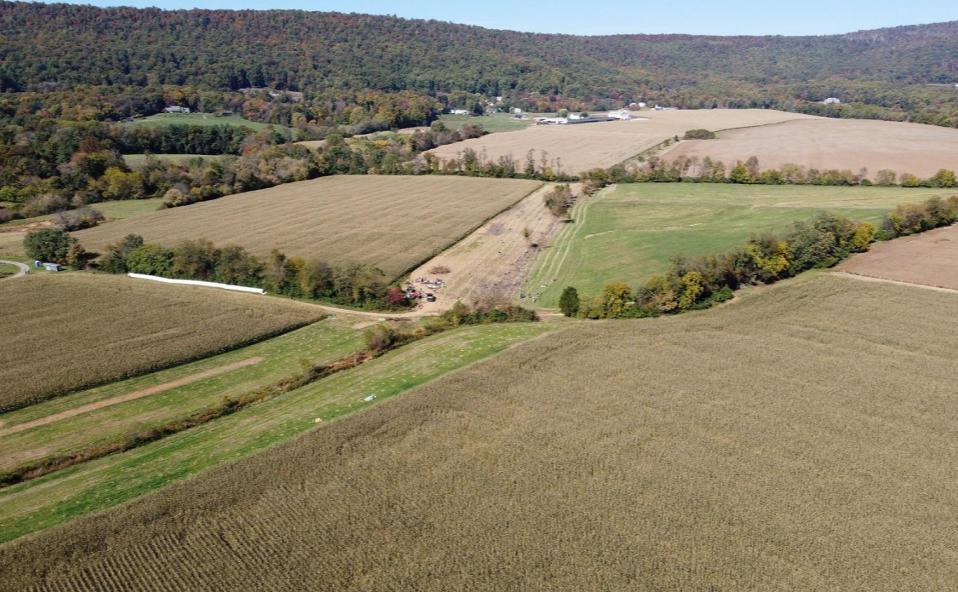
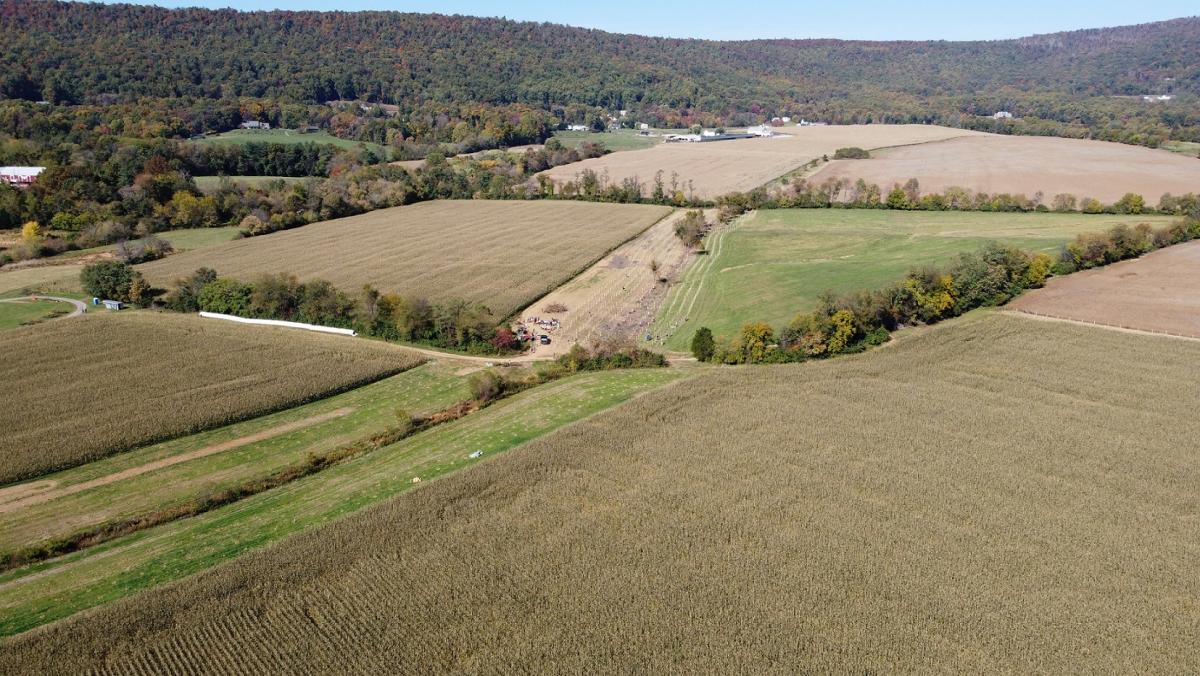
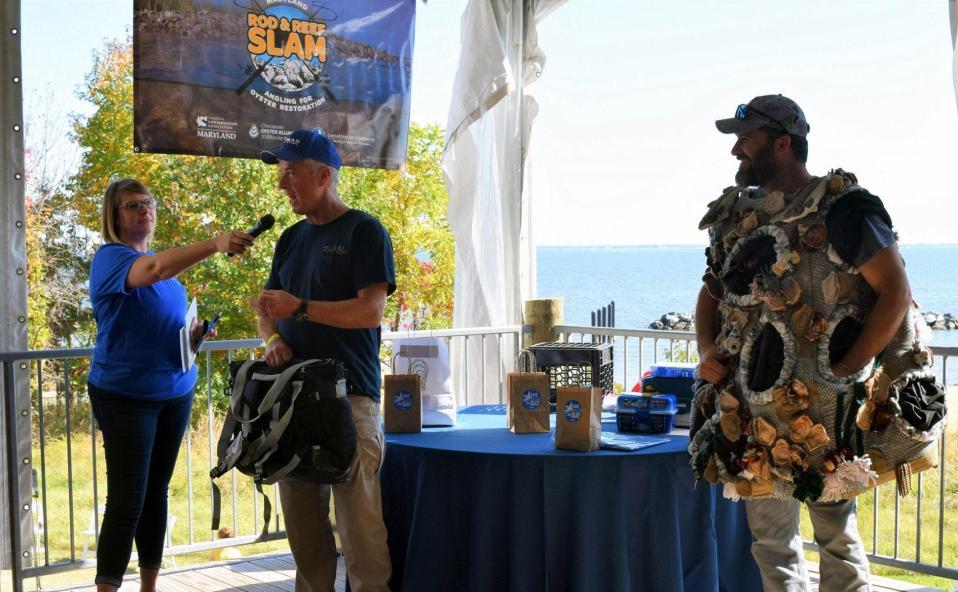
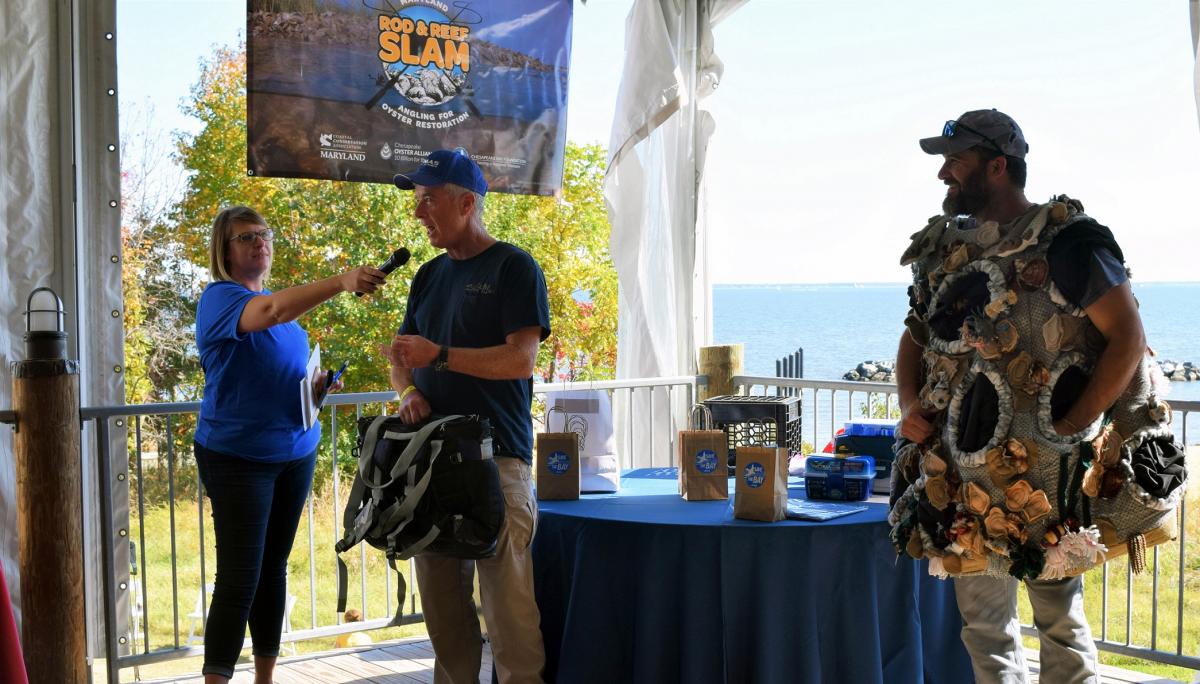
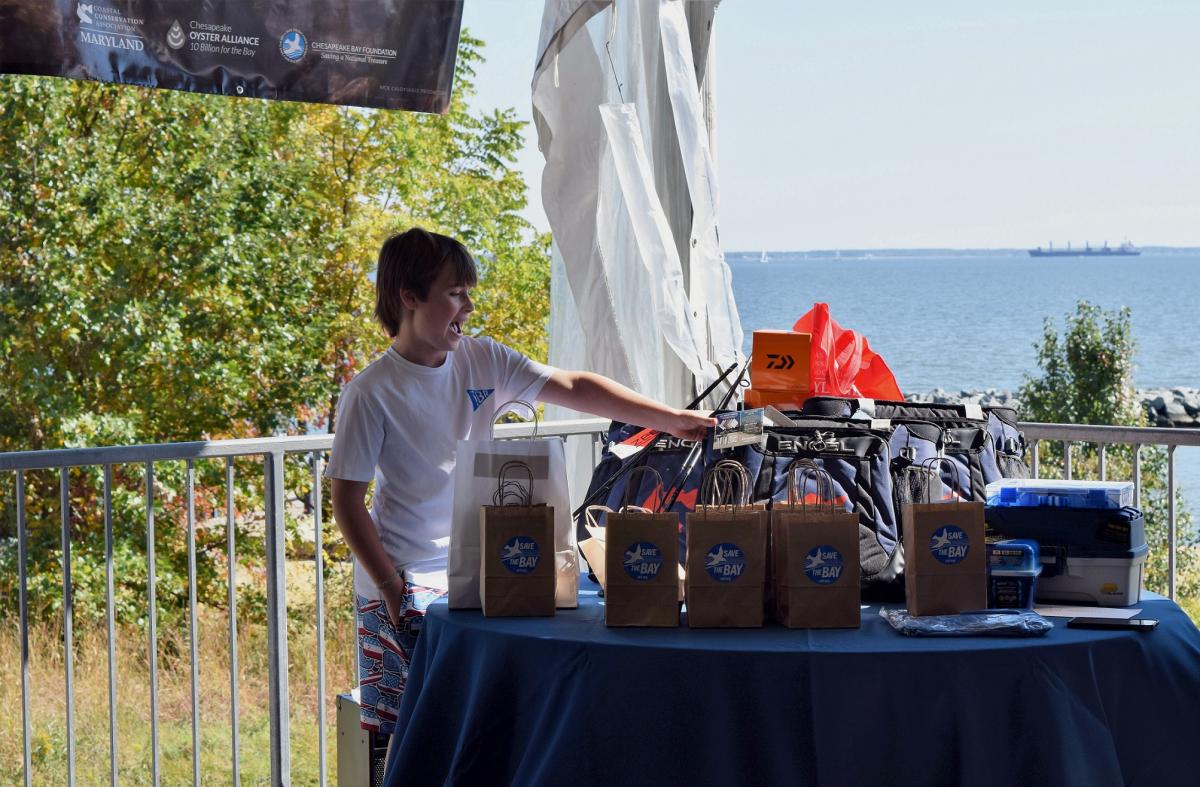



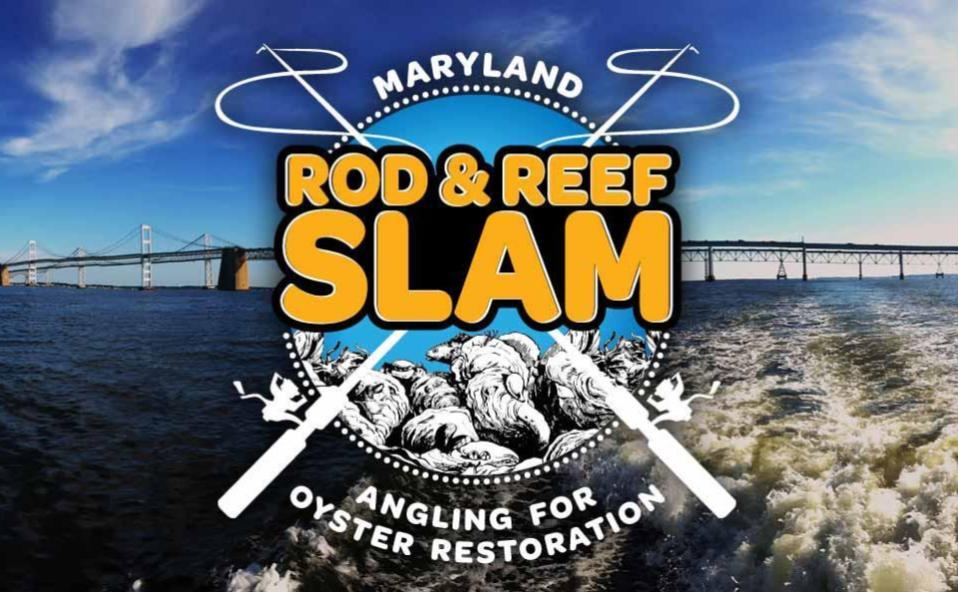
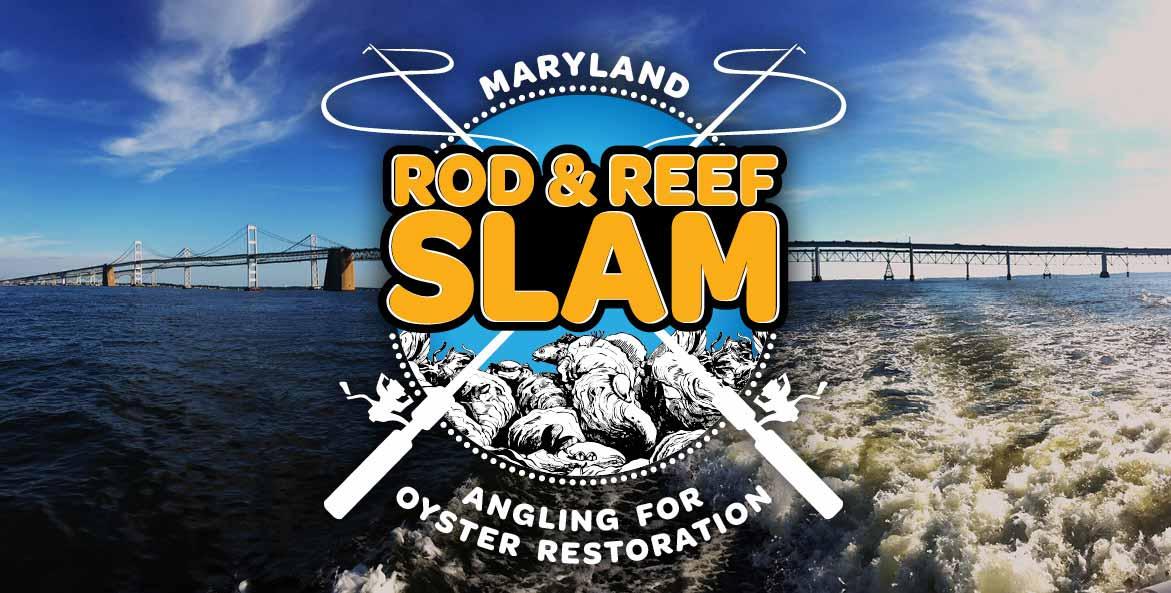 Overall Grand Prize
Overall Grand Prize
